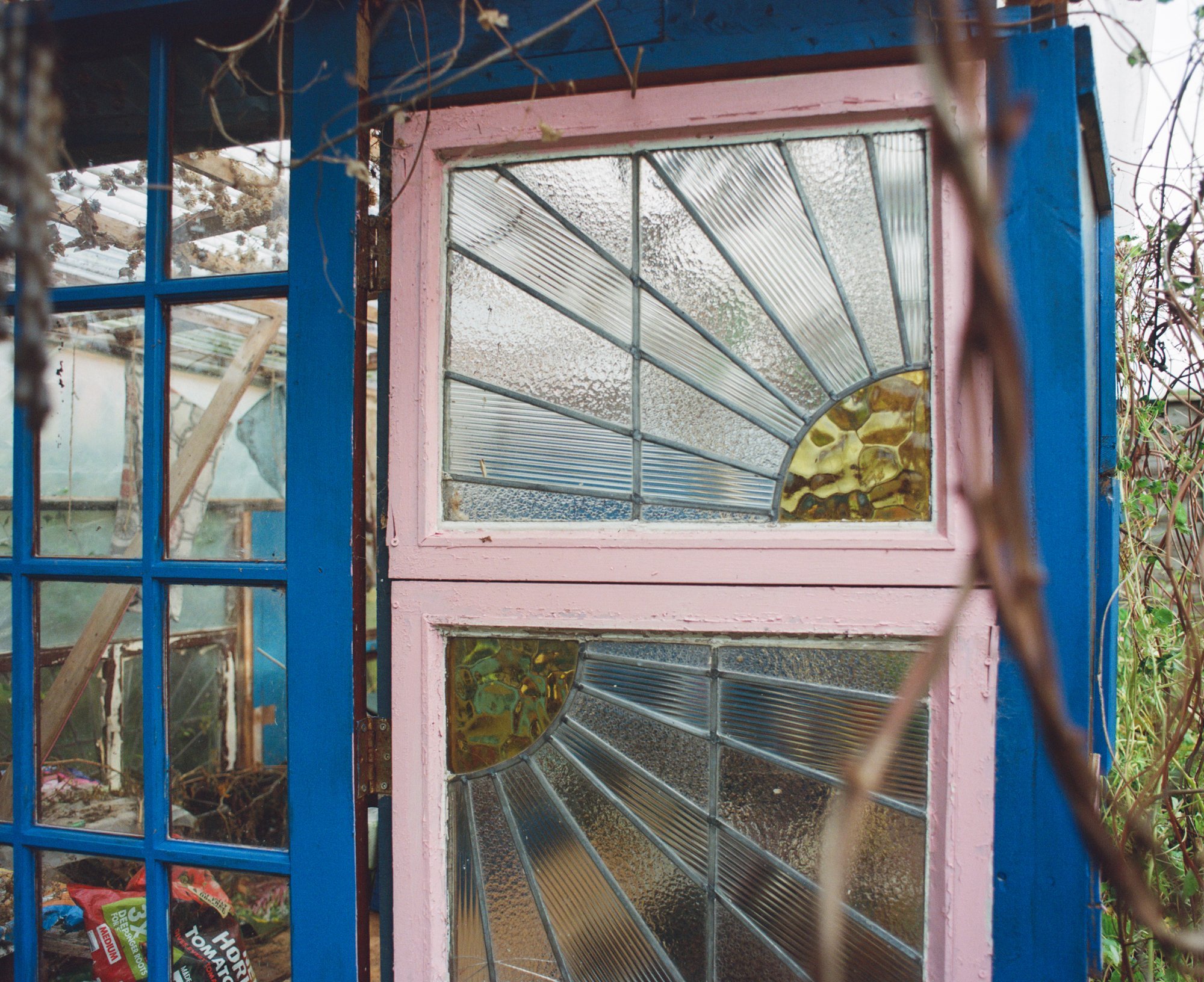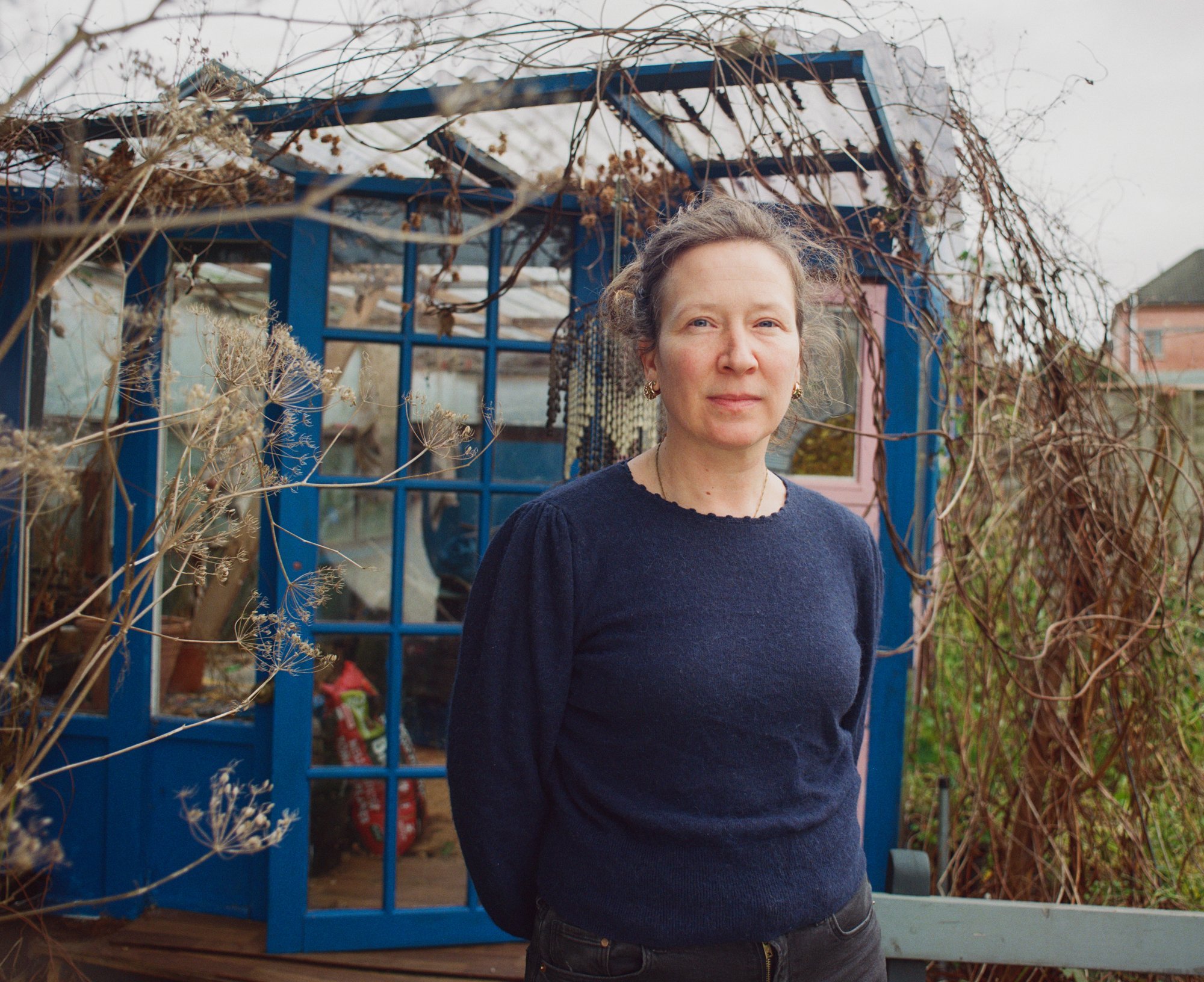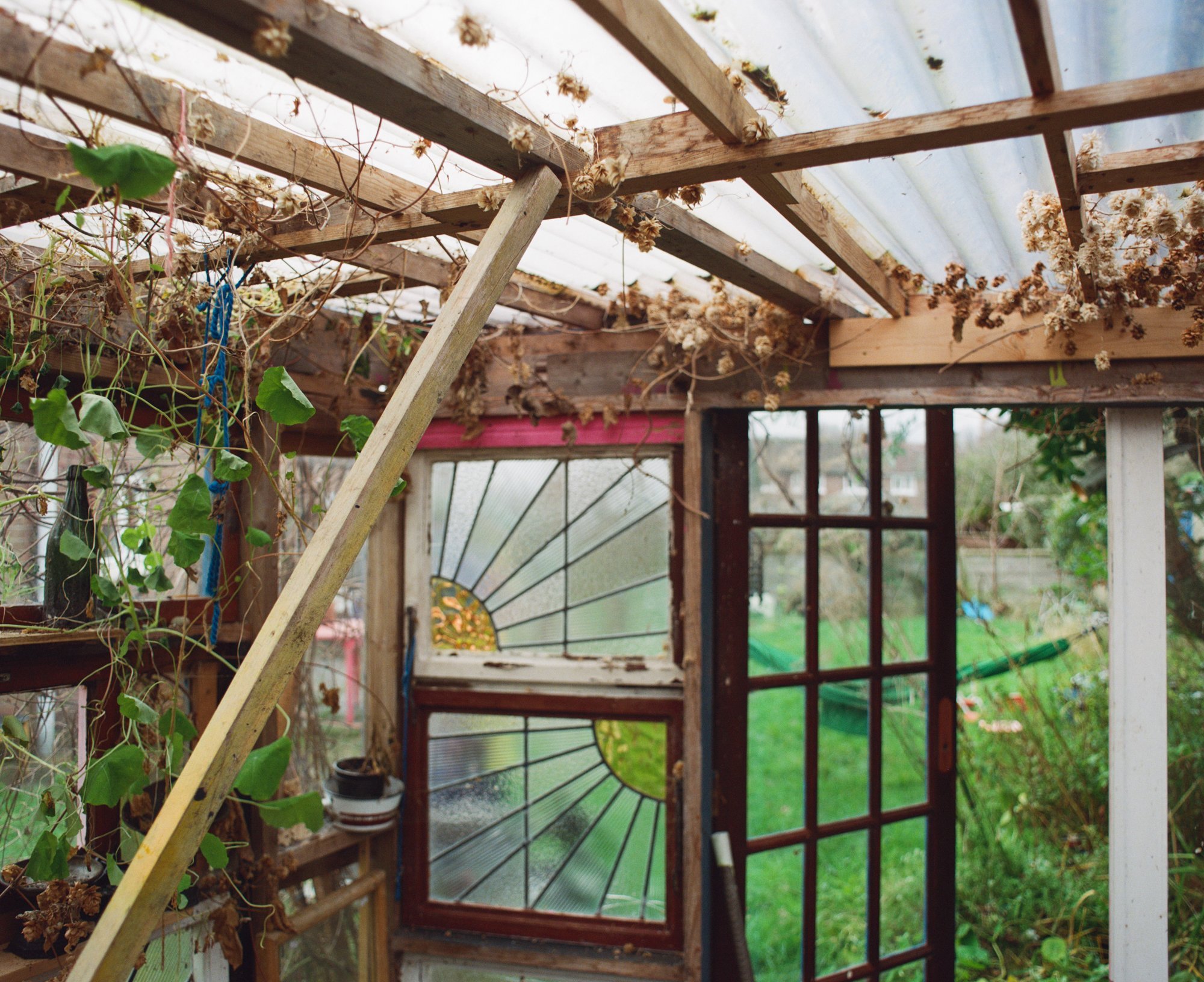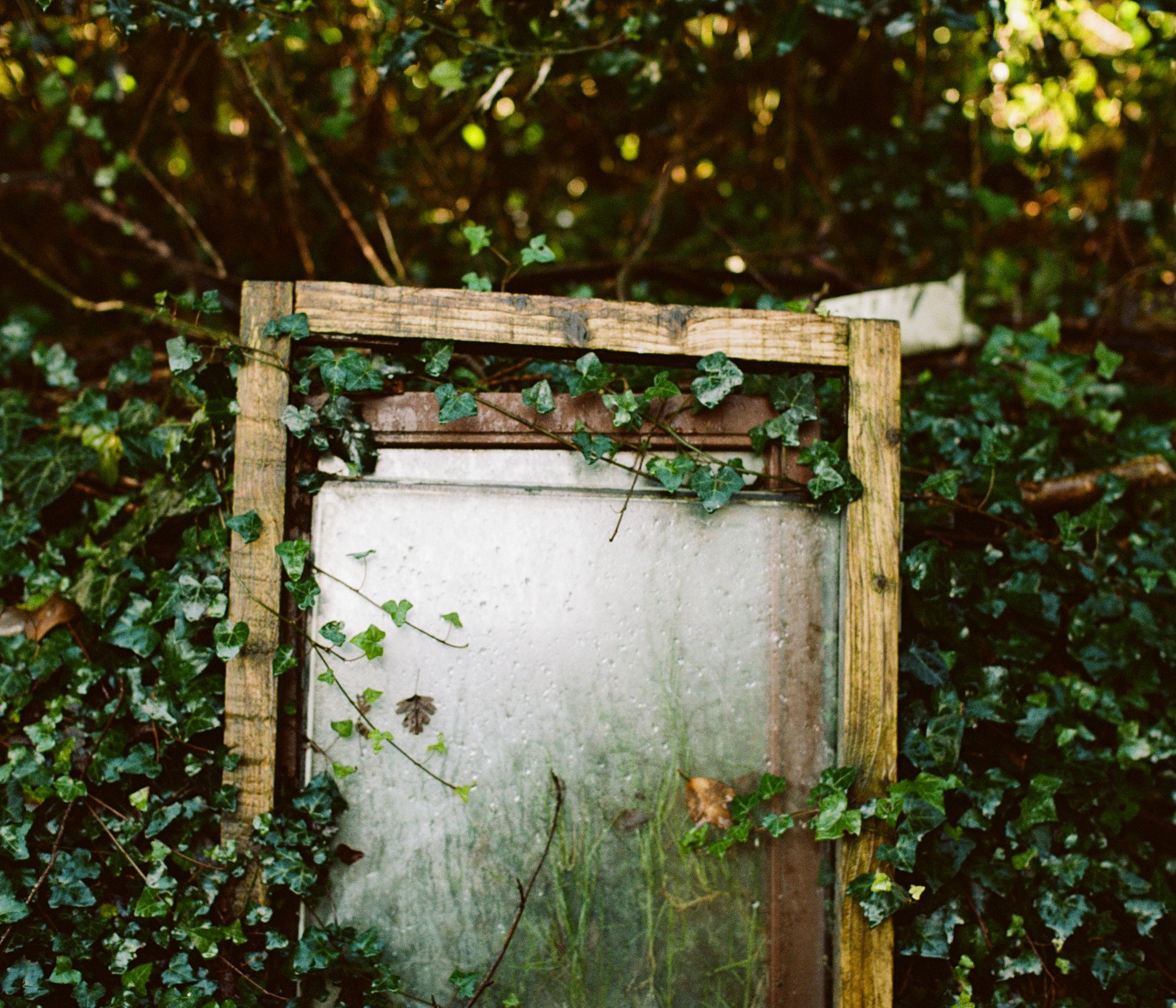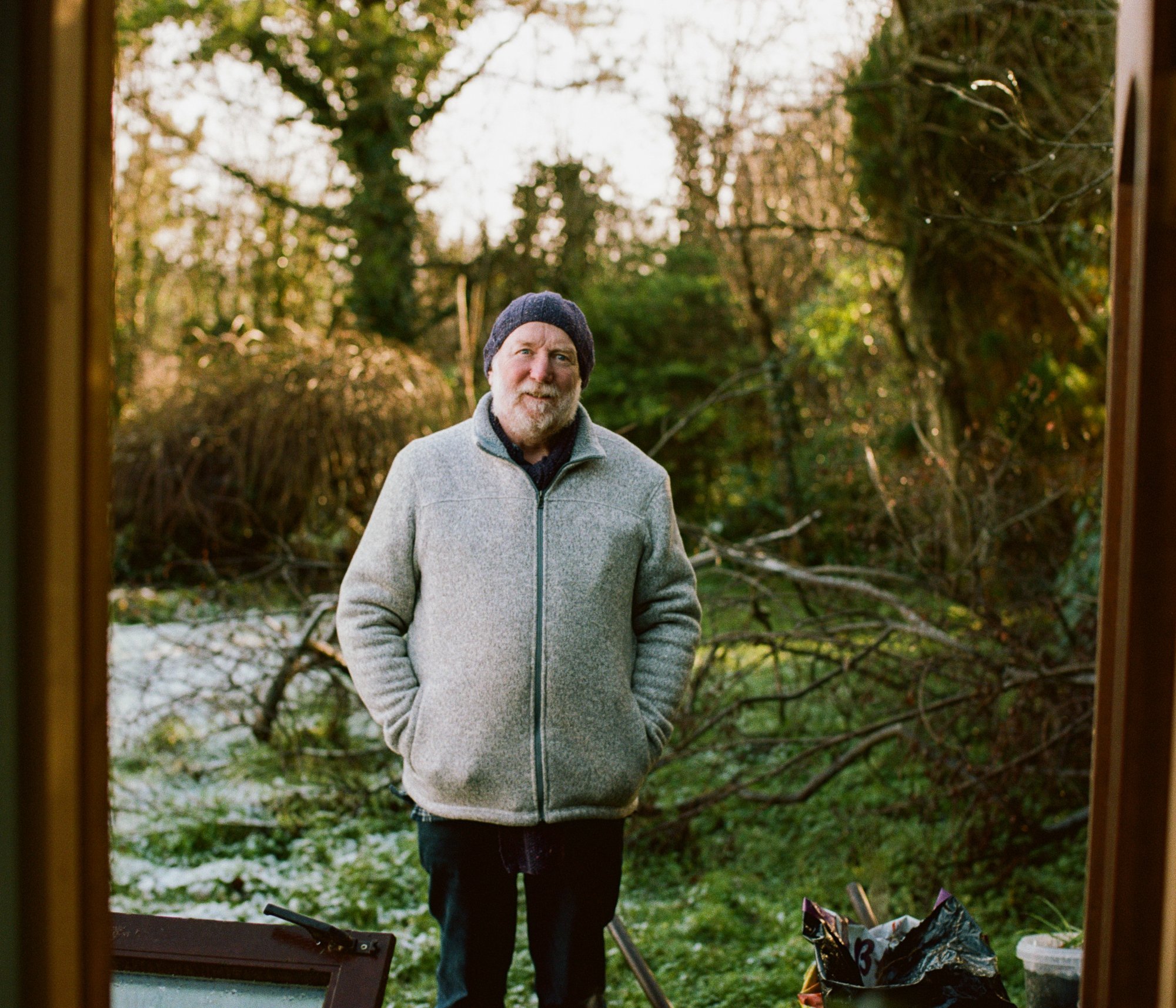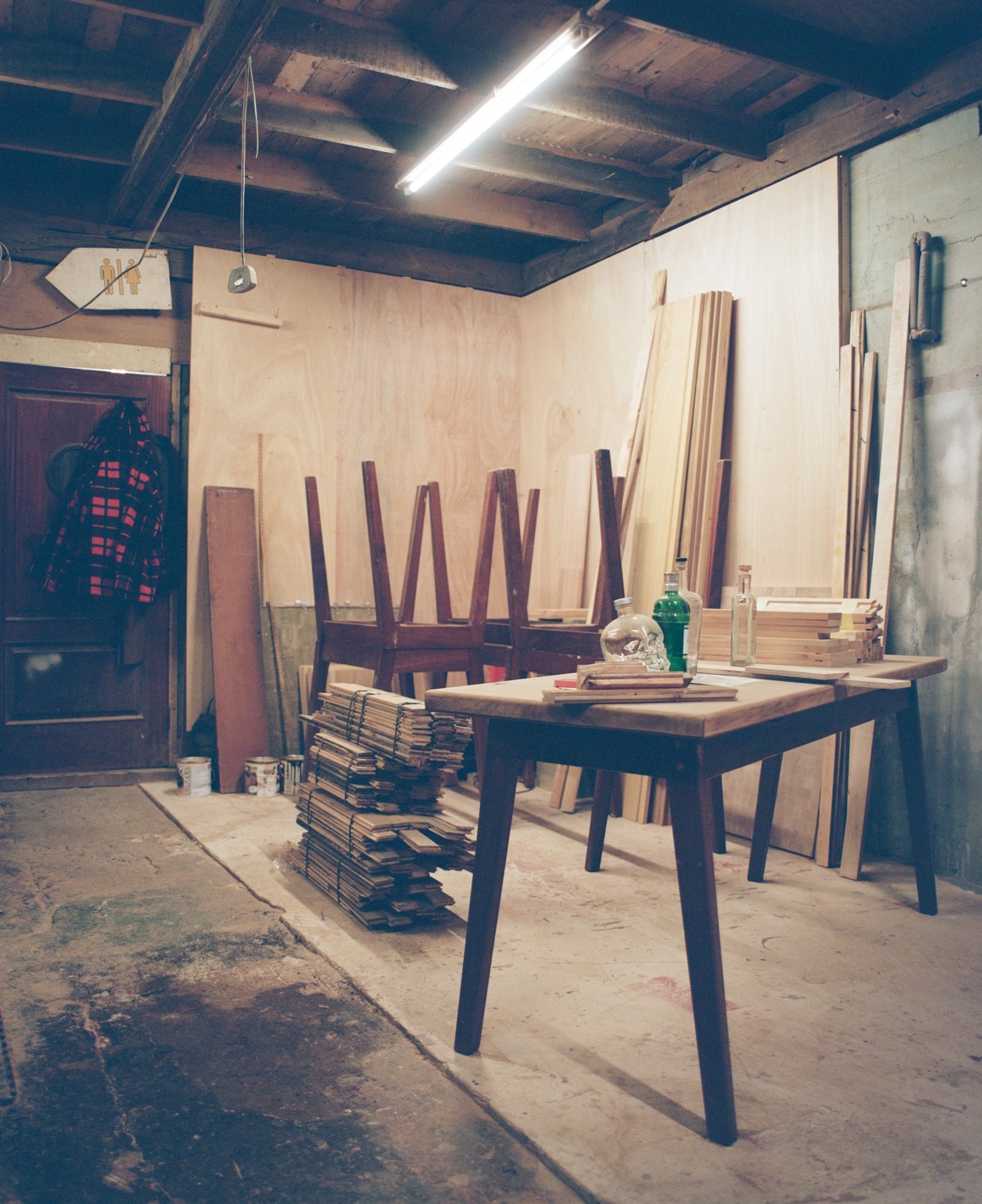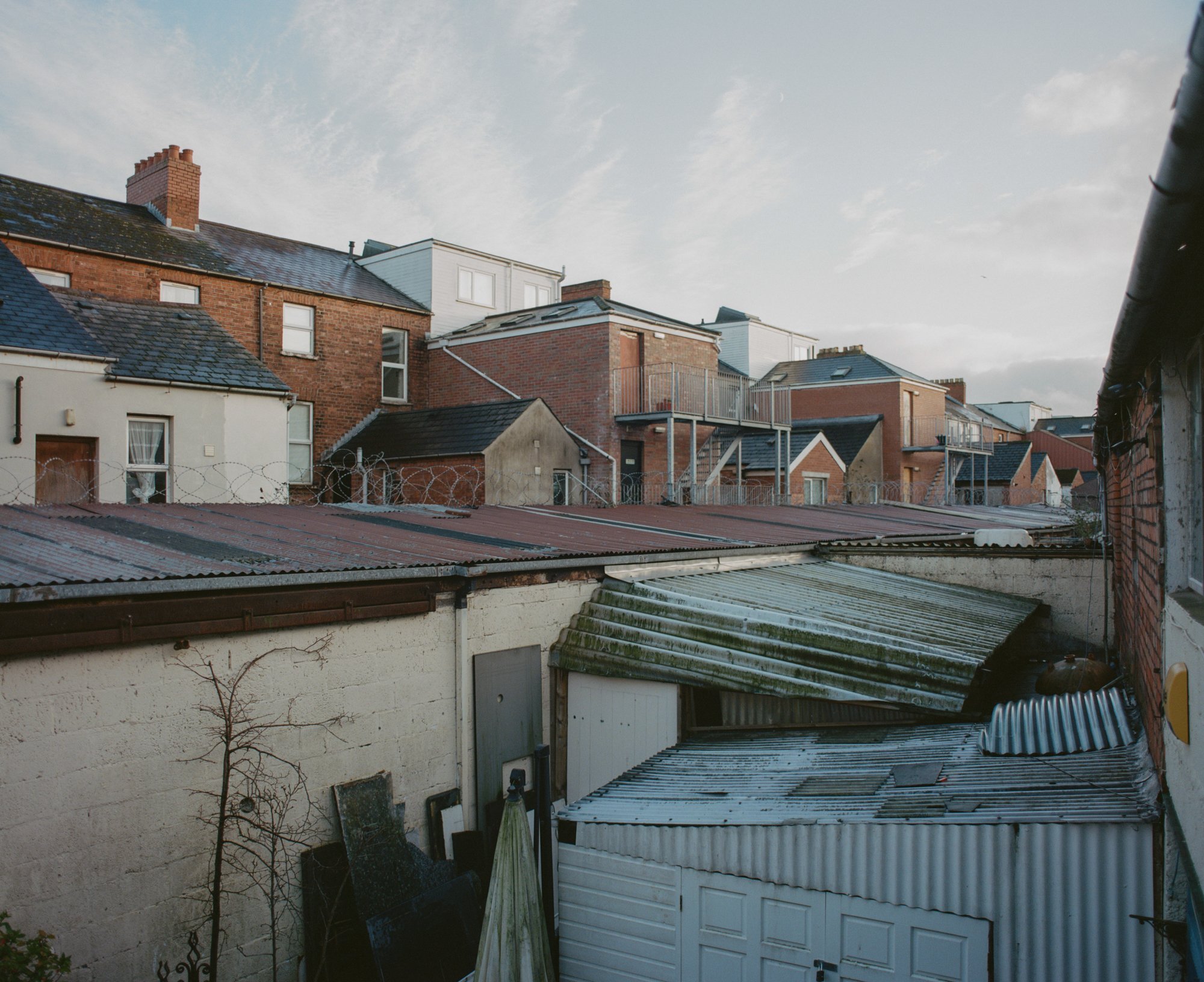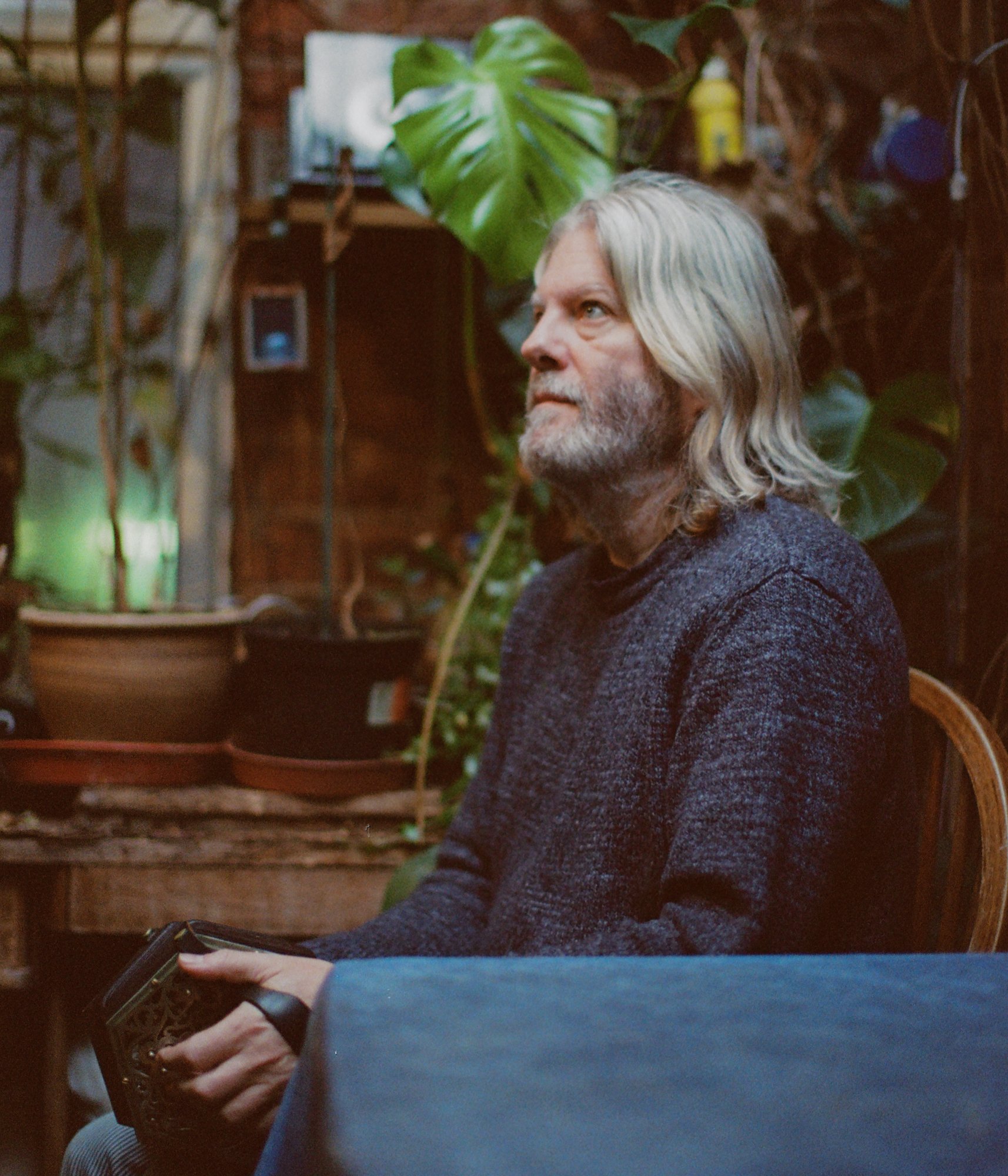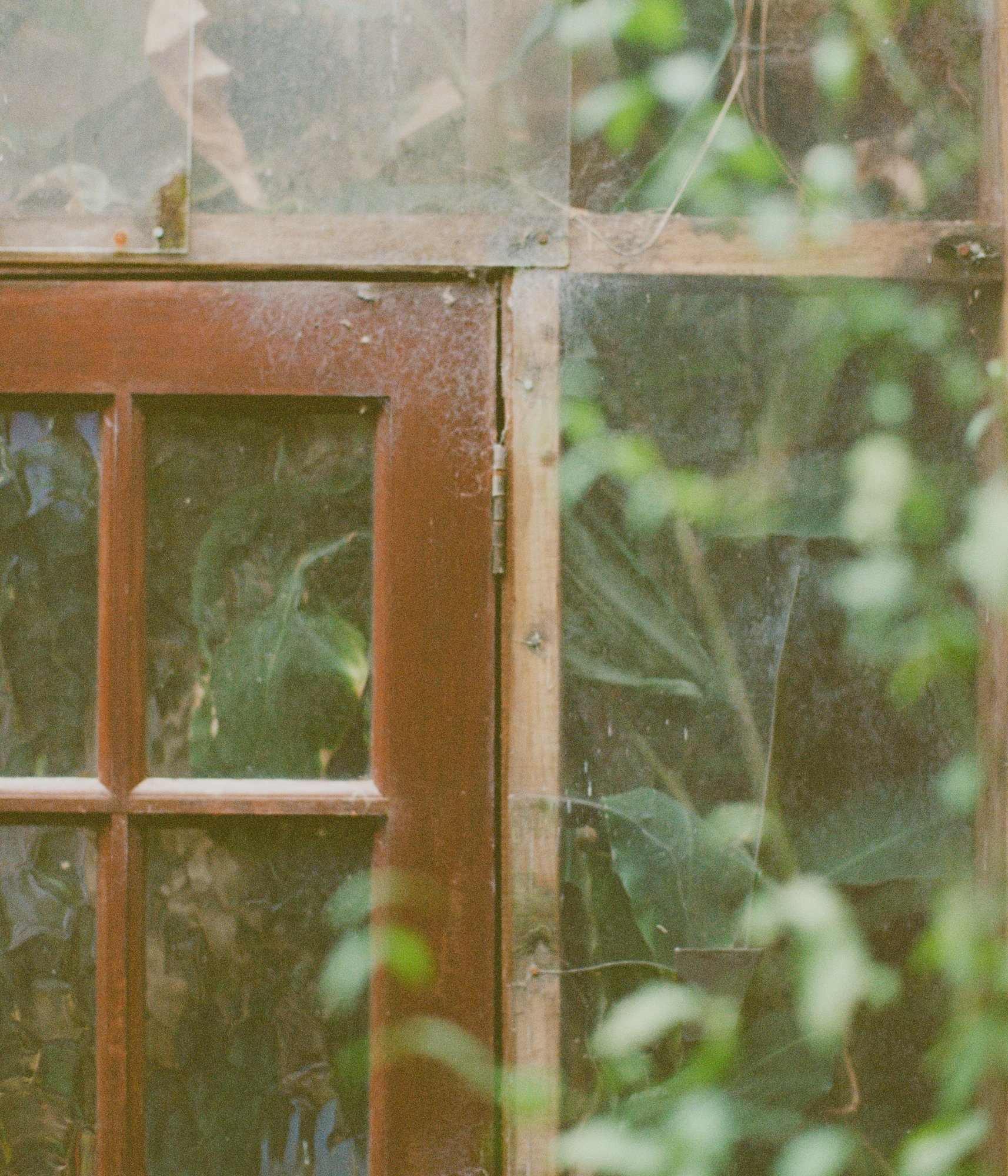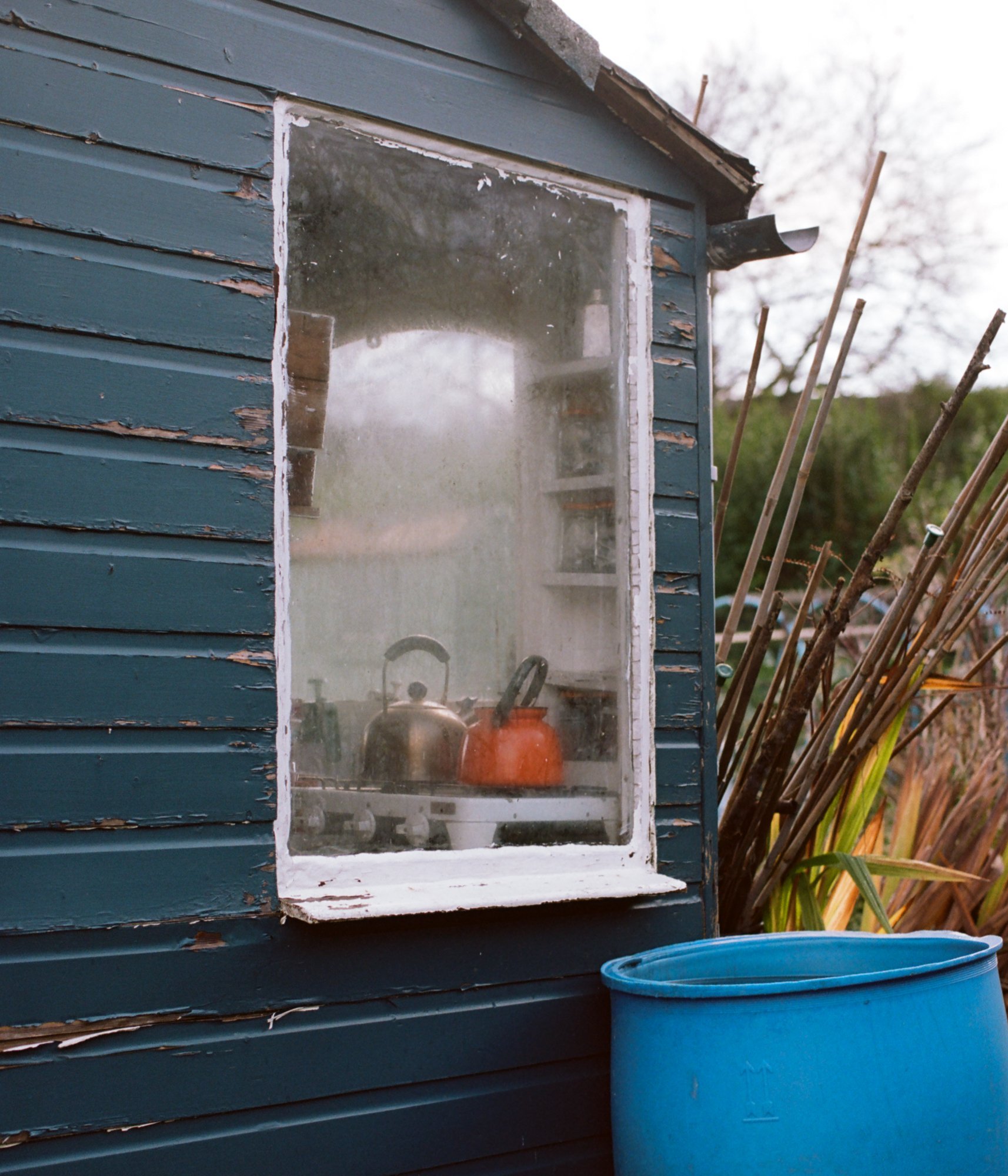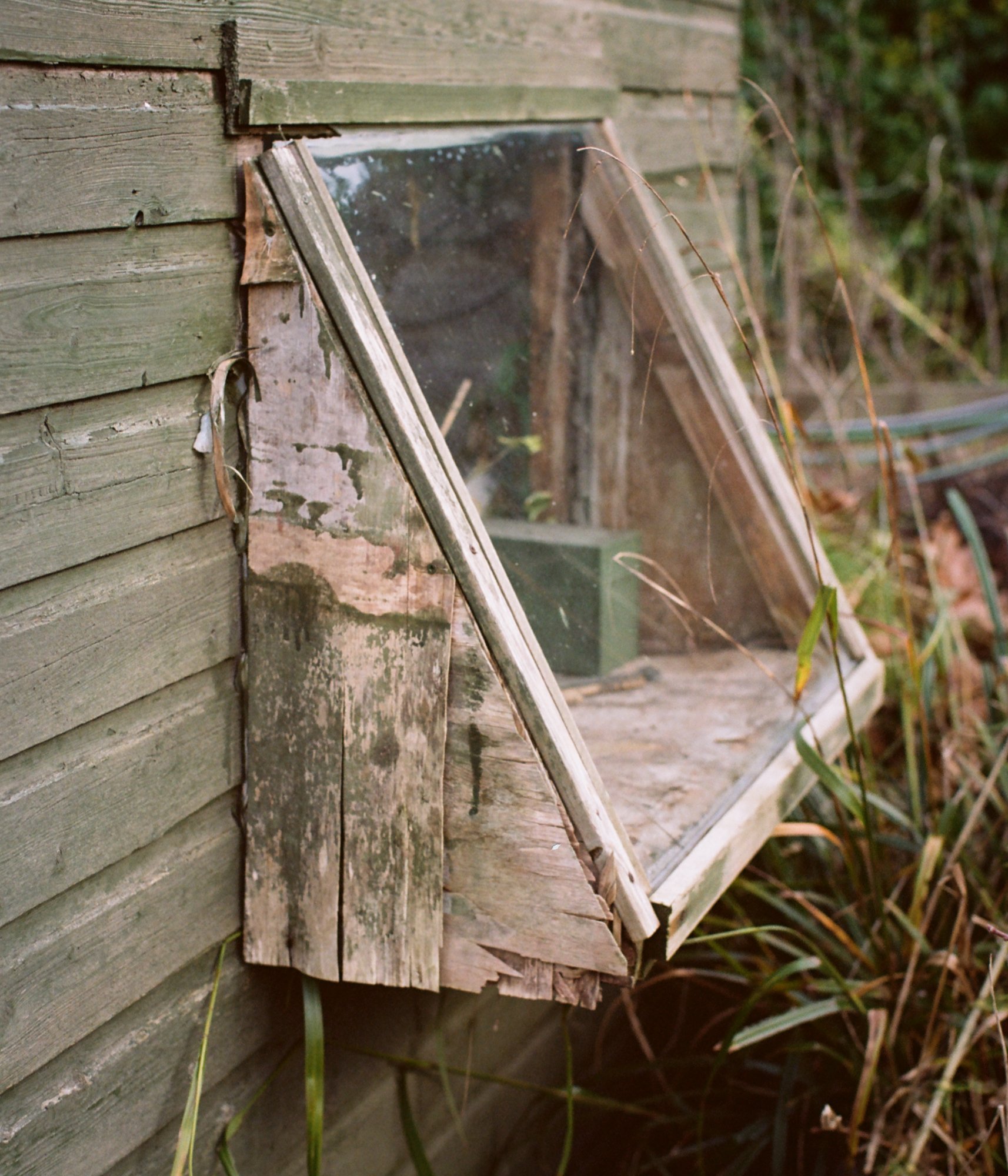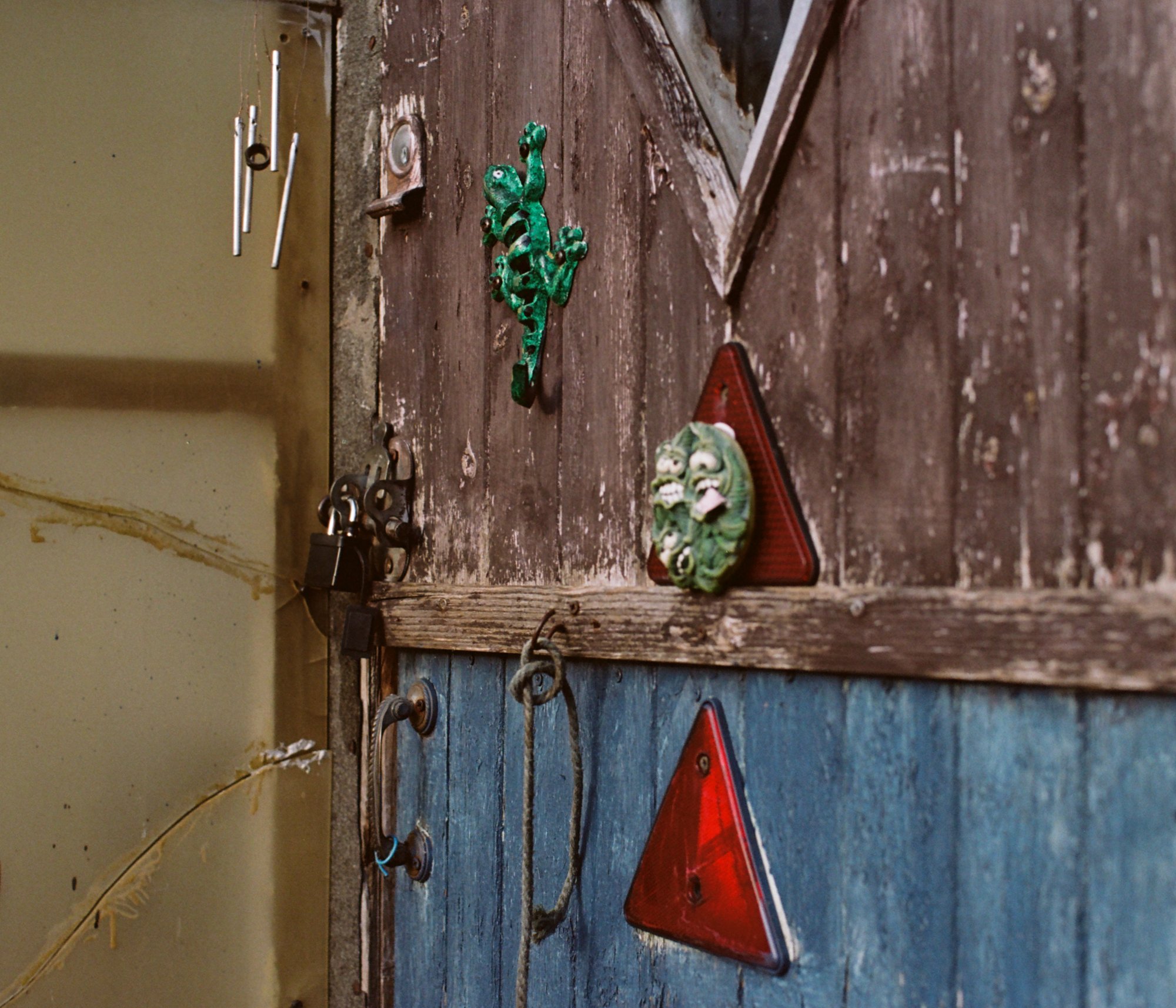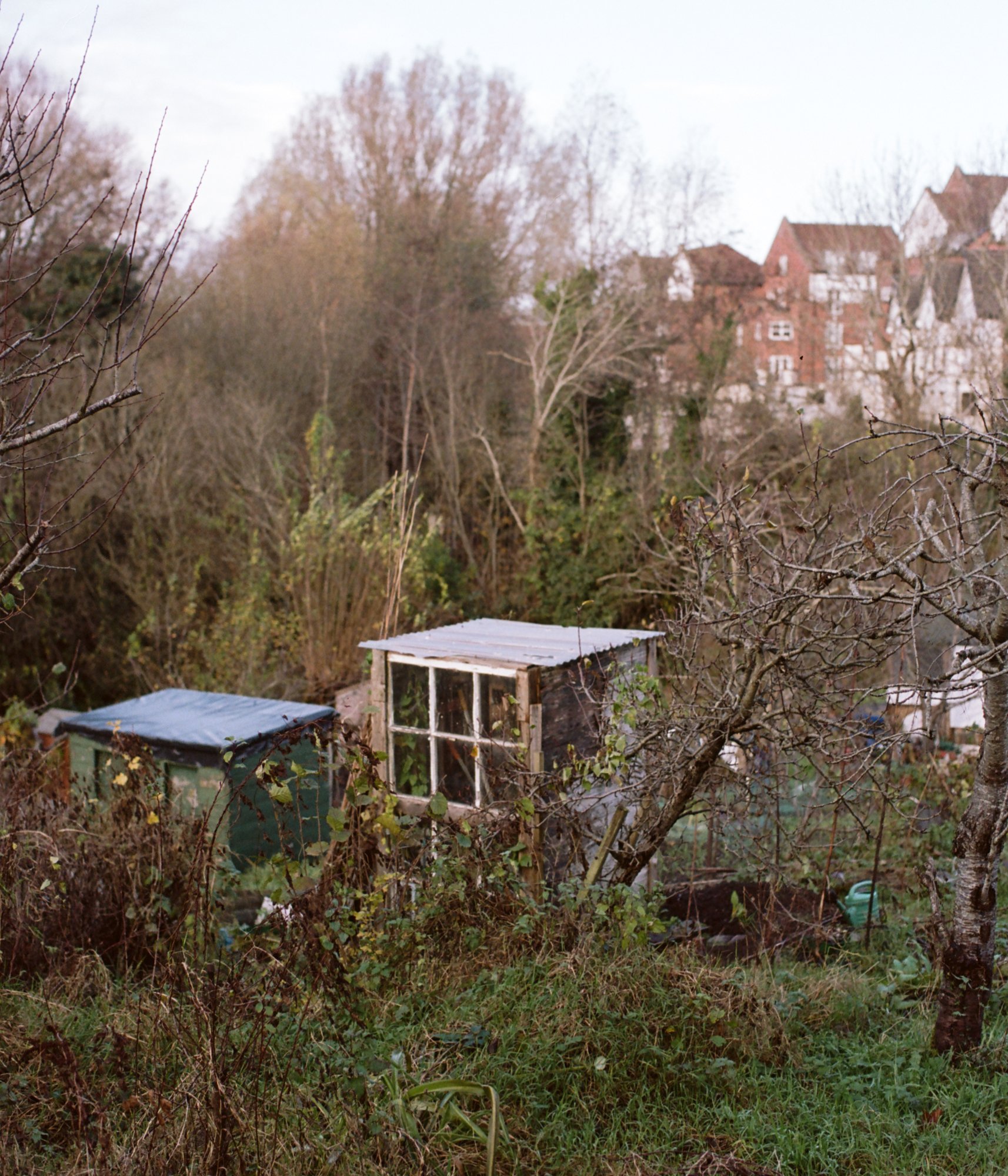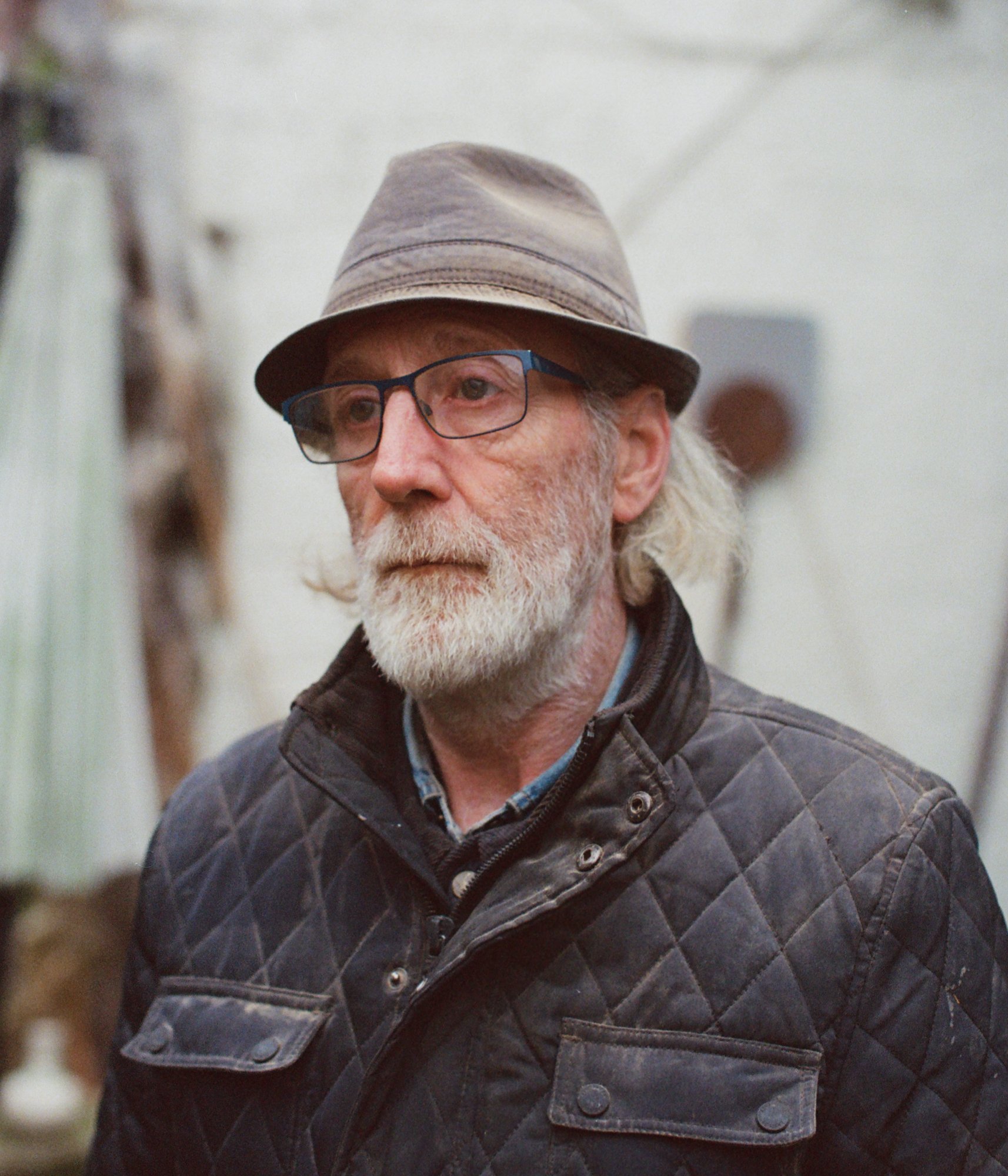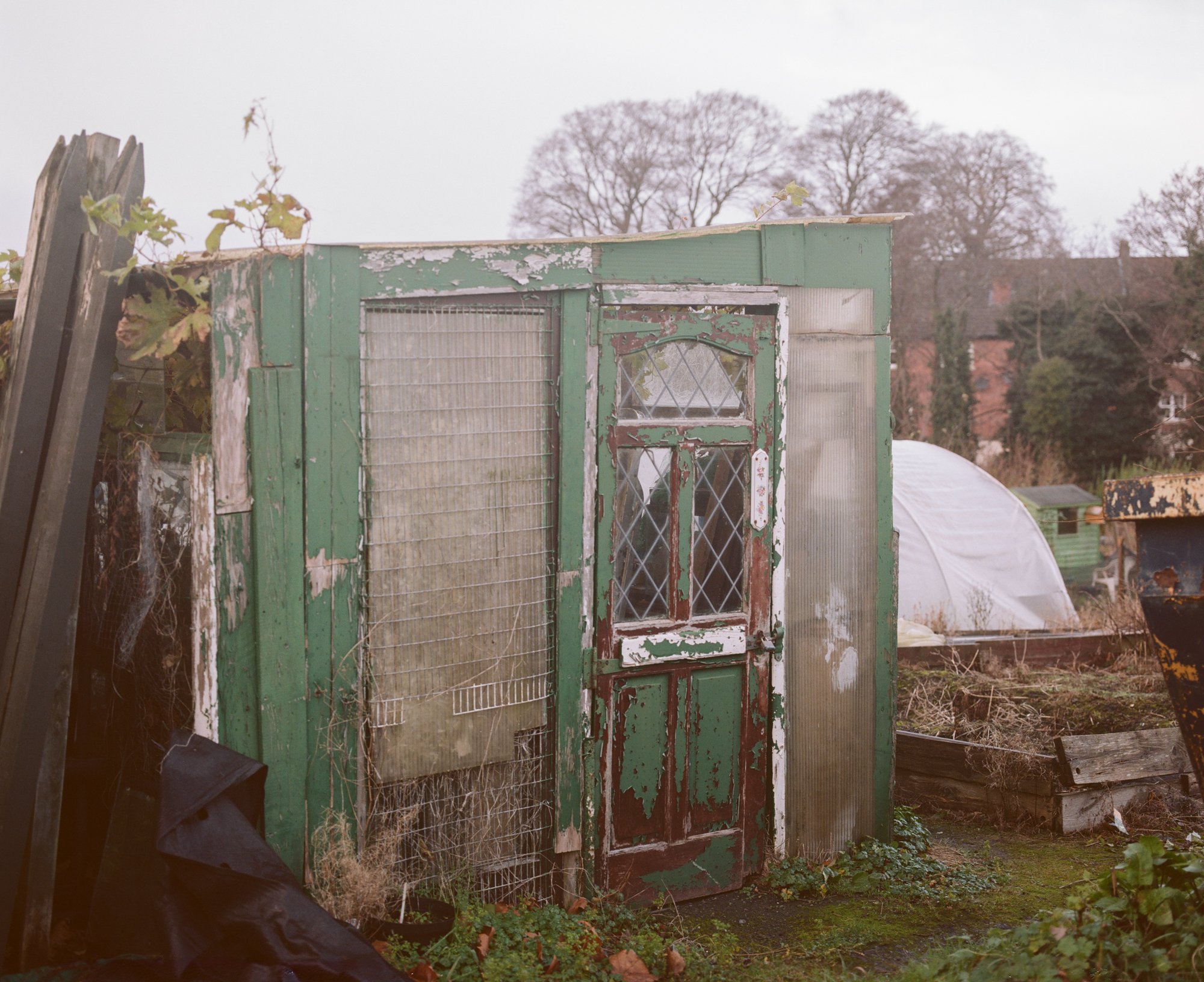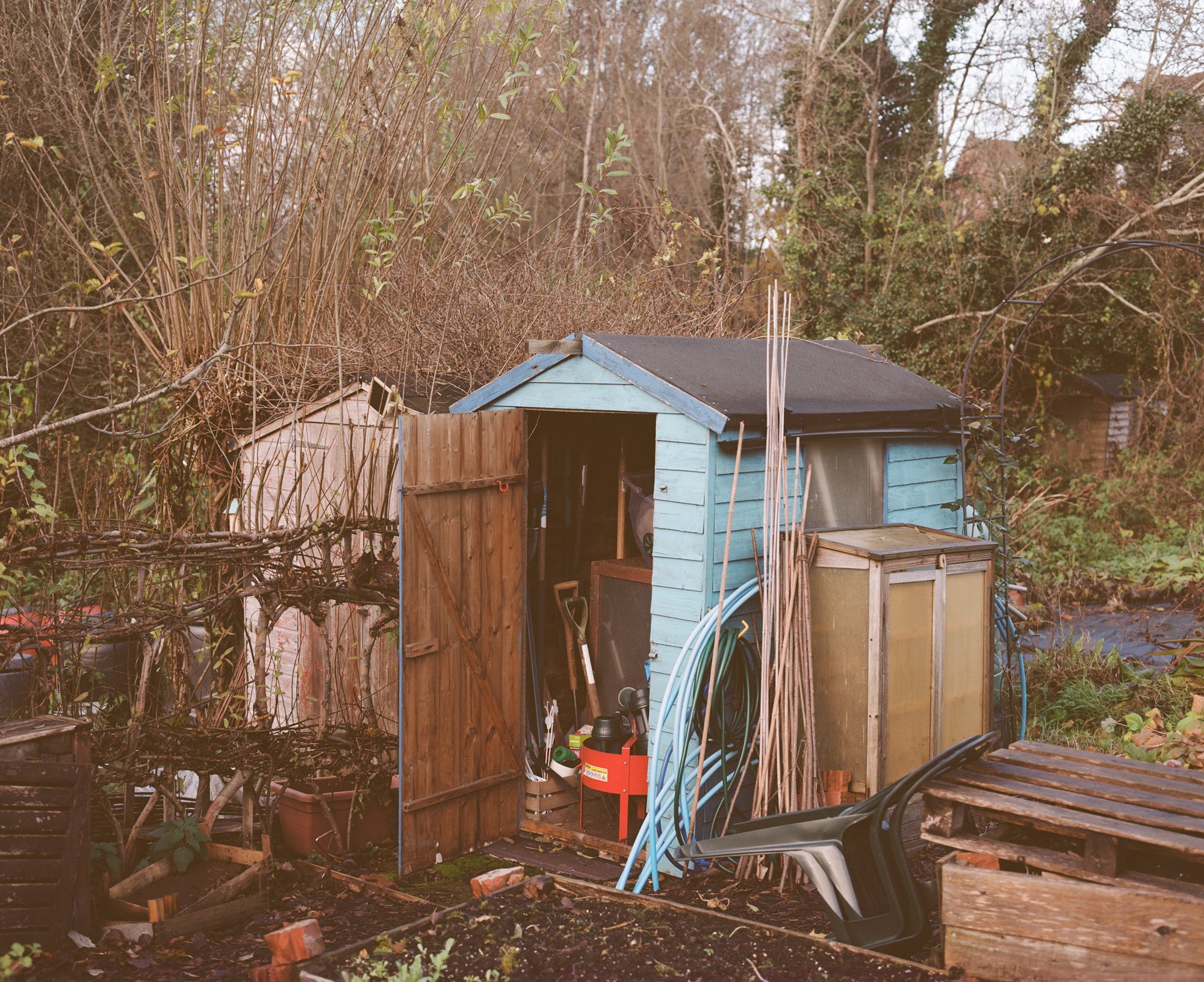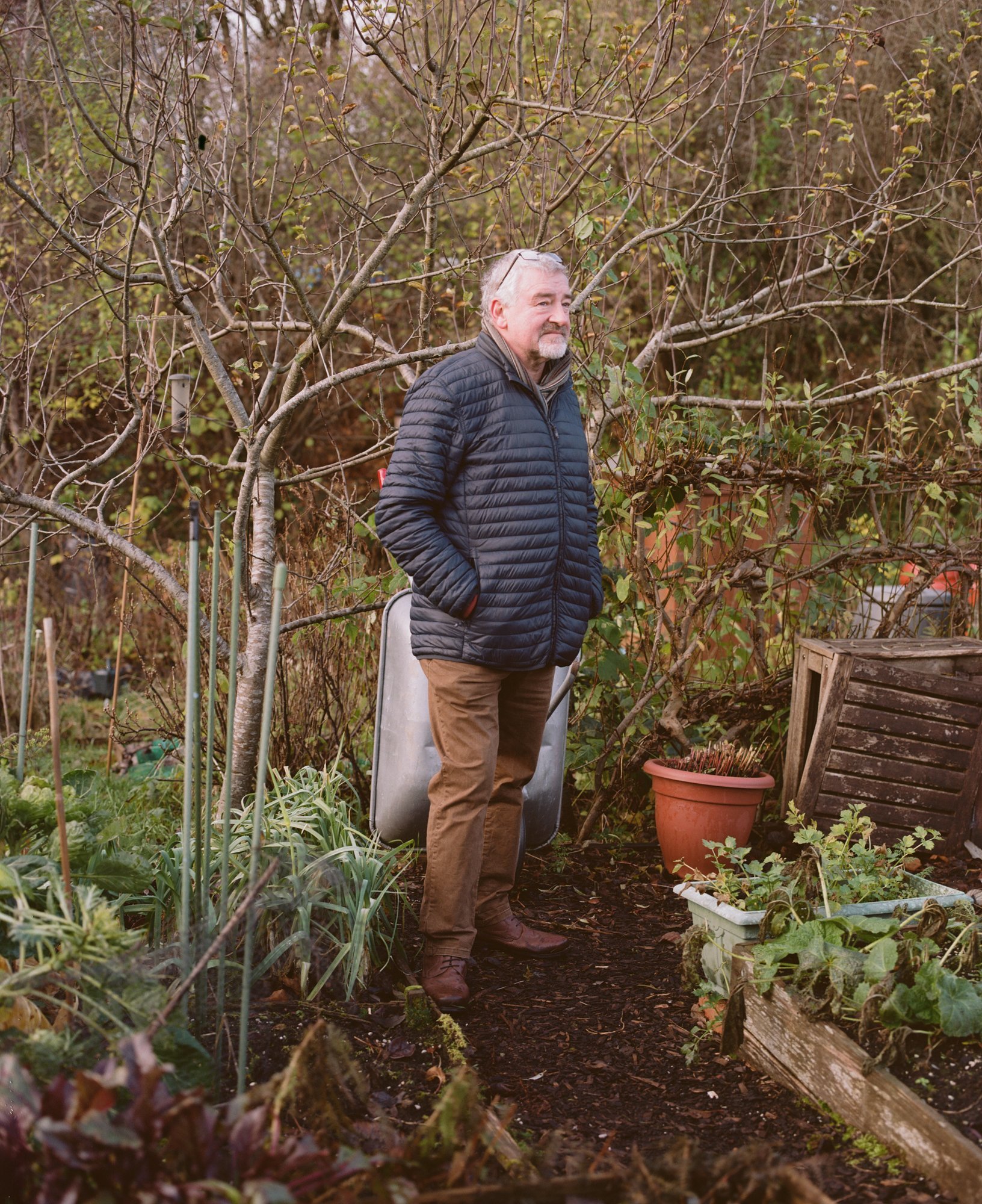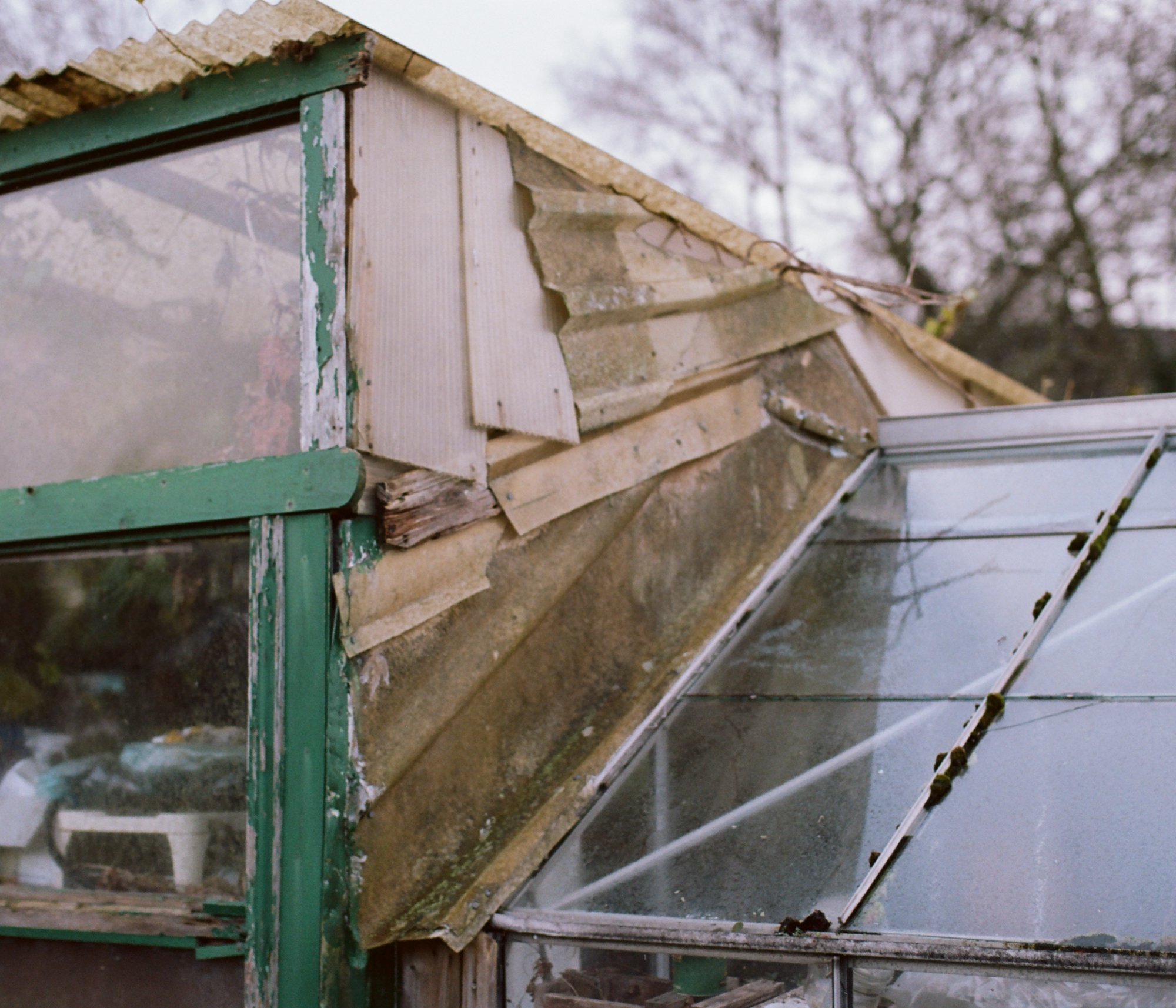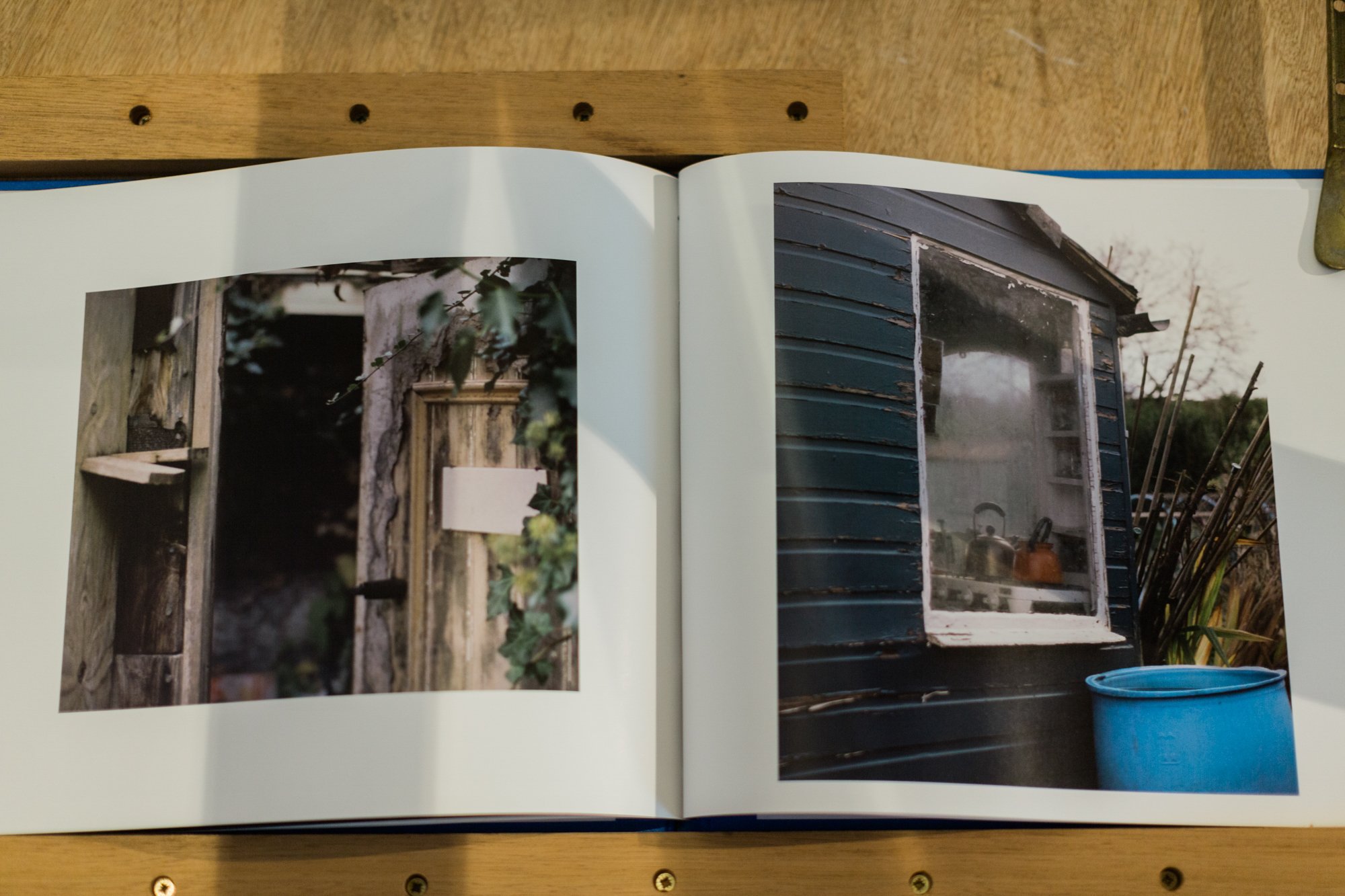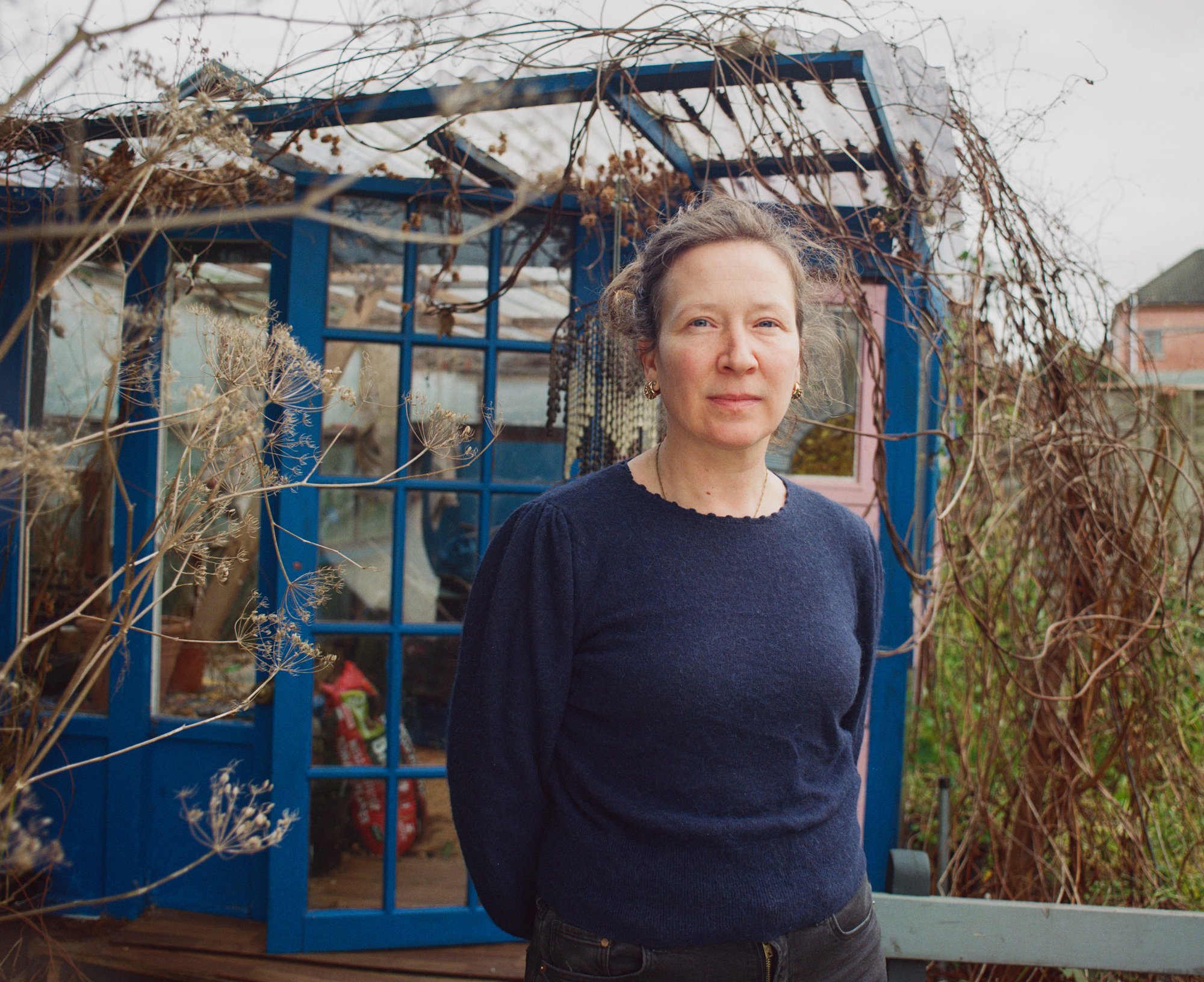
The Bricoleurs
Participating in an exhibition about timber architecture commissioned by the Irish Architecture Foundation and the Estonian Centre for Architecture, we chose to explore the history of quiet rebellion through self-made structures in the post conflict cities of Belfast and Tallinn. While re-use has often become a means to an end - a way to reduce the energy required to make a building - talking to people for whom recycling is a way of life offered an alternative attitude to architecture, with a deeper respect for the life of materials, the meaning they acrue and the wit that can then be enjoyed in bringing elements together in unexpected ways.
-
Irish Architecture Foundation
B210 Architects
-
RIAI Award
The project focussed on people who were recyling timber to make ad-hoc garden structures, creating unique and unexpected worlds that challenge and poke fun at the status quo. Collaborating with a photographer, we connected with bricoleurs across Belfast who were generous enough to share their structures with us so that we could document them.
In our exhibit The Bricoleurs, we celebrated the spirit behind ad-hoc garden construction by bringing together some worn timber components that we found, aiming to convey the magic of bricolage buildings through opportune and mischievous reconfiguration. We hoped that our unlikely display cabinet for the drawings and photographs of our ‘bricoleurs’ structures would spark memories of similar buildings (and their builders) and demonstrate the joy to be found in bringing odd pieces together. The cabinet was made predominantly from rescued window frames.
This investigation warns against placing the planet’s future purely in the hands of standardisation and data and draws attention to the fact that so far, the most environmentally kind constructors have sought out surprise, coincidence, quirks and fortunate accidents in the architecture they have made.
“Jason’s House”, a drawing showing the rituals that take place in a self-made gardening space – one of many drawings displayed within the exhibition structure
Exhibition Text
Finding Materials: Discovering a world of second materials whose only value is the cost of disposal.
“Re-use as a way of life and a form of playful rebellion ”
Where it is available, wood becomes a material for everybody, regardless of expertise. It can be easily added to, modified and reused without great levels of training or expensive tools. Wood tells us about the way it has been worked, assembled and inhabited through marks of use, the way it is connected, the way it has worn. When wood is re-used, these tell-tale signs of a previous life can still be read and interpreted. Many architects do not like the way this looks: instead we try to achieve uniformity and control, but there is much to learn from this way of making a building. A collection of timber parts is a collection of trees from different species, places and points in history. A variety of trees is a miscellany of habitats: a more resilient ecosystem.
Although once commonplace, the re-use of timber in home-building is only reserved for certain components at particular price points. A parquet floor might be reclaimed, but a hardwood window frame is more likely destined for the skip. However, there is one place where the reassembly of old timber pieces prevails as a mode of construction. In the garden (the natural habitat of the DIY builder), timber re-use takes different forms. This project allowed us to explore this hidden world of people making making structures with recycled materials in Belfast. In Belfast, recycled garden structures adopt second-hand components that previously resided in the house: windows, doors, frames and furnishings, not always used in the ways one would expect. For this reason they are subversive, playing by a different set of rules to other buildings.
We talked to people who have been building this way for decades. People who nurture things that grow in the soil seem equally inclined to nurture material that was once alive. The collection of timber parts in the garden structures that we found through this investigation was mirrored by a collection of living plants that gave purpose to these tiny buildings. Some of the plants and some of the structural components had seen generations come and go. Others had only been in place for days. Time was passing quickly and ever so slowly in one place. Perhaps this is why our gardener-builders had little interest in ‘newness’, instead finding joy in renewal and nurturing the existing.
Photography Process
The Bricoleurs Book: A photographic book and research piece which formed part of the exhibition with photographs taken on XX format film and taken by regular collaborator Joe Laverty.
Joe Laverty:
There is a forest in my backyard, but my house is built from trees grown far away is a group exhibition shown at Solstice Arts in Navan, during Jan- Mar 2022 and then at 6th Tallinn Architecture Biennale in Estonia in October 2022 - organised & curated by the Architecture Societies of Ireland & Estonia.
A group of Irish & Estonian architects responded to the theme of ‘woodworks’ & collaborated together to produce a wide range of work for exhibition.
I worked collaboratively with Belfast based OGU Architects with their particular response, in the form of ‘the bricoleurs’.
Their cabinet installation is inspired by the many DIY builders who re-use every imaginable piece of wood around their house/garden. As OGU say in the exhibition notes:
“As we place the planet’s future in the hands of standardisation and risk aversion, perhaps we should remember that so far, the most environmentally kind constructors have sought out surprise, coincidence, quirks & fortunate accidents”
The cabinet is a celebration of the many bricoleurs they visited & interviewed for the work. I photographed these people & their creations. My images are projected onto the gallery wall, beside the cabinet & in a one-off photo book within the cabinet.
The images were all shot on 120mm medium format film. The mechanical & tangible nature of that process sat comfortably for me, in documenting these constructors & their creations.
